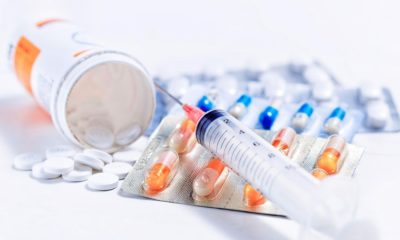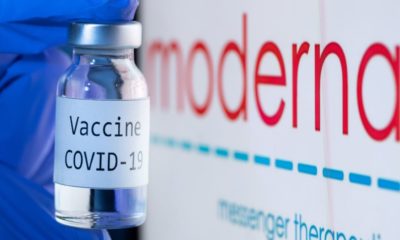A recent study has concluded that teens who abuse performance-enhancing steroid drugs are at a higher risk for cocaine use and addiction, as well as heighten the risk of infertility in young women.
The research study was conducted by scientists at the University of Puerto Rico and is being presented at the annual meeting of the American Physiological Society. The findings show that the use of these steroids is not only linked with use of cocaine, but that the steroids can actually increase the psychoactive properties of the cocaine. This increased psychoactivity can promote the overuse—and abuse—of cocaine when a teen is also using performance-enhancing steroid drugs.
The study further found a particular risk in female teenagers who use steroids. The research showed a reduction in the size of ovary weight, as well as the development of ovarian cysts, in subjects using the anabolic steroids. Both of these factors can heighten infertility risks.
The University of Puerto Rico researchers conducted the study by using female rats. Half of the rats used were given nandrolone, an anabolic steroid that is the most commonly used among teenagers. Then, after being given steroids for 10 days, the rats were then divided into four separate groups: one exposed only to the steroid, a second group given the steroid and cocaine, a third given only cocaine and a fourth given neither additional steroids nor cocaine.
The findings were shocking: the evidence showed that the rats who were exposed to the nandrolone steroid exhibited an increased sensitivity to cocaine through what the researchers describe as
“locomotor sensitization.” The rats taking both the steroid and the cocaine exhibited modified brain circuitry in the area of the brain that regulates addiction, so the rats experienced heightened psychoactive properties of the cocaine. The rats exposed only to cocaine, and not to the additional steroids, did not exhibit the same psychoactive responses to the drug.
The researchers also found that the rats taking the steroids showed smaller and reduced ovary size and weight, as well as the development of ovarian cysts. These factors can severely impact fertility and heighten the risk of infertility issues in adulthood.
Teens, especially teen athletes, are known to sometimes use anabolic steroids to improve their muscle mass and body appearance, as well as to improve athletic performance. Teens, with their changing hormones and social pressures, are particularly vulnerable to the promises of steroids to make their
bodies stronger, leaner and more attractive.
But there is a dark side to these steroids, particularly when used by developing teens. Prior studies have already concluded that these performance-enhancing drugs can negatively impact mood and behavior, particularly behavioral traits that increase risk-taking tendencies. Previous studies have also shown that about a third (~33%) of young adults who use anabolic steroids are also known to use cocaine, so the connection between the two drugs was already known by the scientific community. However, this study took it further and realized that not only is there a connection between
users of steroids and users of cocaine, but that the steroid drugs can heighten the psychoactive effects of the cocaine, which can create an elevated risk of cocaine abuse.
Experts warn that these findings are further evidence that teens and teen athletes should be warned of the long-term risks of using performance-enhancing steroids. The human body is particularly vulnerable during adolescence to the steroids’ modification of the circuitry in the teens’ brains, which can impact addictive behaviors and tendencies. The infertility risk to female teenagers is also particularly alarming, as the use of the performance-enhancing drugs can cause health risks far beyond
adolescence.



























